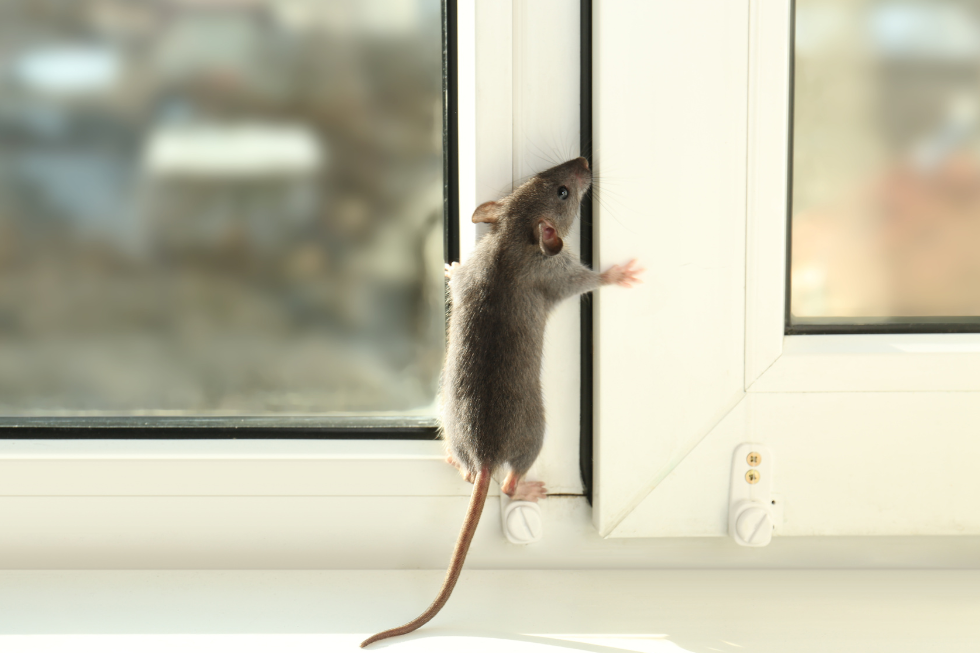As winter transitions into spring, homeowners should take proactive steps to protect their homes from unwanted pests. Warmer temperatures bring an increase in insect and rodent activity, making early prevention key to avoiding infestations. By focusing on key exterior maintenance tasks, you can fortify your home against pests and ensure it remains safe and comfortable as the seasons change.
Inspect and Repair Your Roof
Your roof is your home’s first line of defense against the elements and pests. Small gaps, loose shingles, or damaged flashing can provide easy access points for rodents, birds, and insects. Conduct a thorough roof inspection or enlist a professional service like Weather Shield Home Experts to check for vulnerabilities and ensure your home stays protected.
Clean and Secure Gutters
Clogged gutters not only lead to water damage but also create an inviting habitat for pests like mosquitoes and rodents. Remove debris and check for proper drainage to prevent water buildup. Additionally, install gutter guards to minimize future blockages and discourage nesting.
Seal Gaps and Cracks
Pests can enter your home through even the smallest openings. Inspect your home’s foundation, walls, windows, and doors for cracks or gaps, and seal them with caulk or weather stripping. Pay special attention to areas around vents, utility openings, and outdoor faucets where gaps commonly form.
Trim Overhanging Branches
Tree branches and overgrown shrubs can serve as bridges for pests to access your roof or siding. Trim back vegetation at least three feet away from your home to reduce entry points for squirrels, raccoons, and insects.
Check and Repair Siding and Exterior Walls
Damaged siding can provide easy entry points for pests and lead to more extensive structural issues. Look for warped or cracked panels, loose sections, and signs of moisture damage. Weather Shield Home Experts offers professional siding repair and installation services to help maintain your home’s integrity.
Inspect and Maintain Outdoor Lighting
While exterior lighting is essential for security, certain light sources can attract insects. Consider switching to yellow or LED lights, which are less attractive to bugs. Additionally, ensure that lights are positioned away from entry points to minimize the risk of pests being drawn indoors.
Store Firewood and Yard Waste Properly
Firewood piles and accumulated yard debris create prime hiding spots for rodents, termites, and other pests. Store firewood at least 20 feet away from your home and keep it elevated off the ground. Regularly clear leaves, grass clippings, and other organic material to reduce pest harborage areas.
Inspect and Replace Weather Stripping
Worn or damaged weather stripping around doors and windows can leave gaps that allow pests to enter. Replace any deteriorated stripping to create a tight seal, improving both pest resistance and energy efficiency.
Check for Plumbing Leaks and Standing Water
Pests are attracted to moisture, making it crucial to repair leaks and eliminate standing water around your home. Inspect outdoor faucets, hoses, and drainage areas to ensure proper water flow. Consider installing splash blocks or downspout extensions to direct water away from your foundation.
Partner with Weather Shield Home Experts
Taking proactive steps to maintain your home’s exterior before spring can significantly reduce the risk of pest infestations. For professional inspections, repairs, and expert home maintenance solutions, Weather Shield Home Experts is here to help.
Ready to protect your home from seasonal pests? Learn more about our services and schedule your inspection today!

